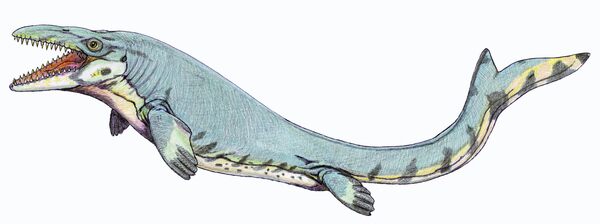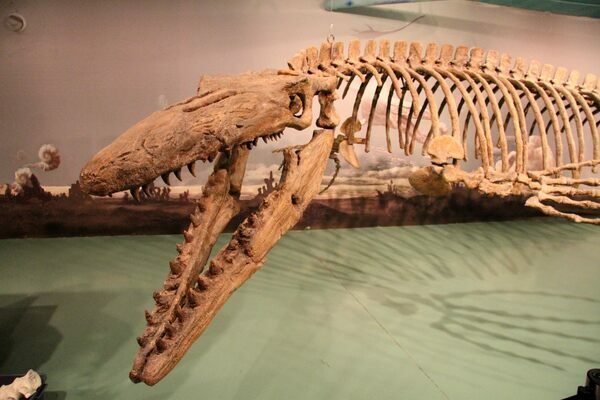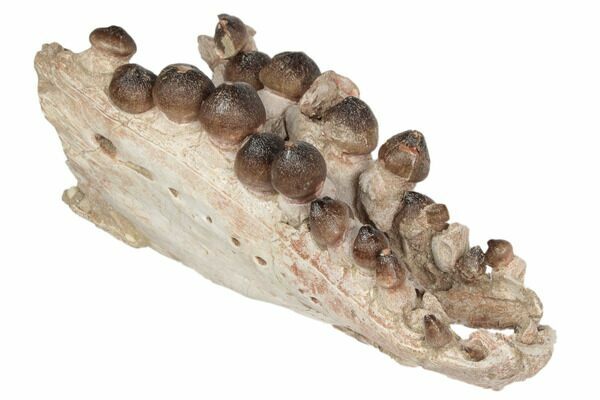MOSASAUR FOSSILS FOR SALE
Mosasaurs were a family of enormous marine reptiles that unequivocally dominated the seas during the last 20-25 million years of the Cretaceous period. With the extinction of the ichthyosaurs and decline of plesiosaurs, mosasaurs diversified to become the most prolific apex predators in nearly every habitat of the oceanic world. These leviathans are wildly popular among the general population, Hollywood, and the scientific community. The impressive size and presumed ferocity of these reptiles earned them a pivotal role in the film Jurassic World. Though the mosasaur in the movie was MUCH larger than the largest mosasaur ever discovered, that largest mosasaur still comes in at a staggering 56 feet long! Though not true dinosaurs, mosasaurs are so exciting that they often come up in conversation with the likes of T. rex and Spinosaurus. Our selection of mosasaur fossils are sure to get that conversation started! Read more about mosasaurs.
16 Items
($3 to $95)
 Reviews
Reviews






















